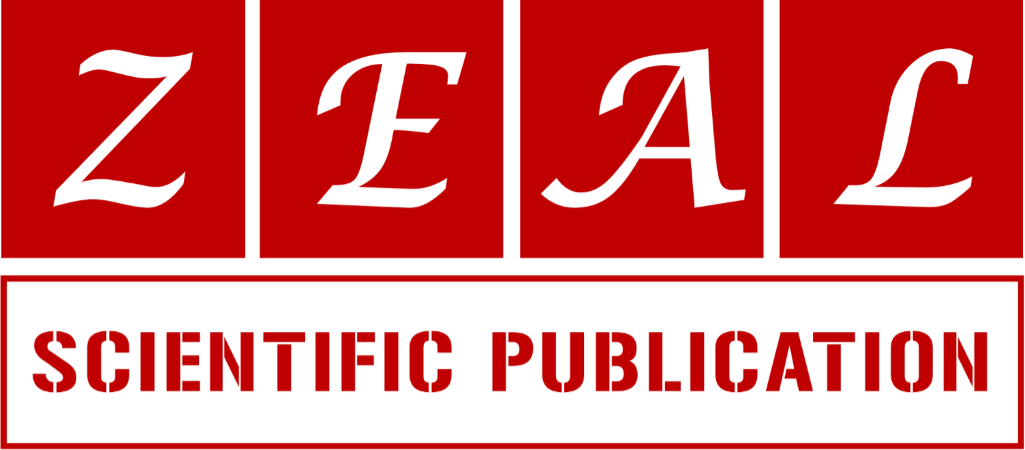Dual function of glucocorticoid hormones in the body and using this duality for preventing complications of glucocorticoid therapy
Center of Theoretical Problems of Physico-Chemical Pharmacology, Russian Academy of Sciences (until 2007), Russia.
Review
World Journal of Advanced Pharmaceutical and Life Sciences, 2023, 05(01), 001–007.
Article DOI: 10.53346/wjapls.2023.5.1.0071
Publication history:
Received on 06 June 2023; revised on 18 July 2023; accepted on 21 July 2023
Abstract:
Glucocorticoid preparations are used in all areas of medicine for more than 70 years as the most effective anti-inflammatory drugs possessing also anti-allergic and immunosuppressive actions. However, the use of these preparations, unique in the combination and expression of therapeutic properties, is associated with nearly inevitable serious adverse effects. The complications of glucocorticoid therapy are caused by the duality of glucocorticoid hormone functions. Glucocorticoid hormones in the body act:
· As the most universal regulators of virtually all metabolic and physiological processes and
· As hormones mainly responsible for the organism behavior under stress conditions.
In clinical practice, glucocorticoid preparations are used mainly as stress-responsible agents, and their regulatory activities are neglected, but they are manifested inevitably as complications. To prevent these complications, it is necessary to follow the regulatory properties of glucocorticoid preparations which are realized through regulation of activities of many enzymes. The hepatic tyrosine amino transferase seems to be, possibly, the best example of the regulatory activity of glucocorticoids. Based on the literature data and results of the author’s studies, it is proposed to use blood level of tyrosine as a promising laboratory parameter for monitoring glucocorticoid therapy.
Keywords:
Glucocorticoids; Dual function in the body; Tyrosine aminotransferase; Blood tyrosine; Monitoring of glucocorticoid therapy
Full text article in PDF:
Copyright information:
Copyright © 2023 Author(s) retain the copyright of this article. This article is published under the terms of the Creative Commons Attribution Liscense 4.0
